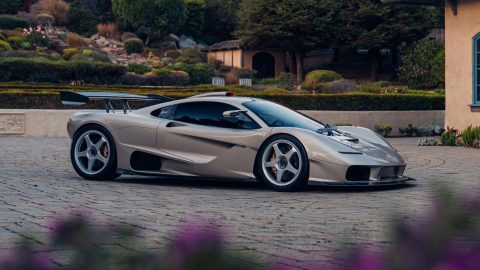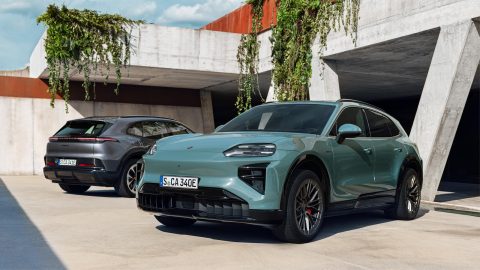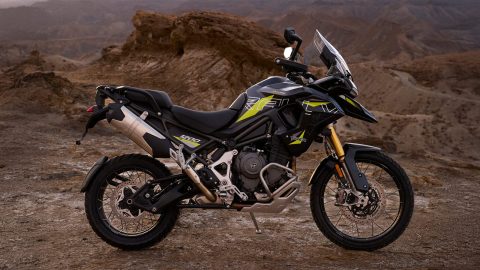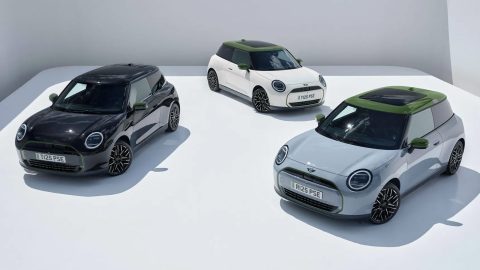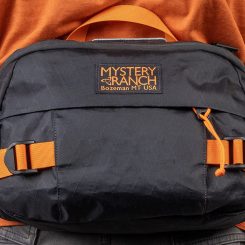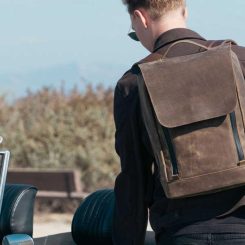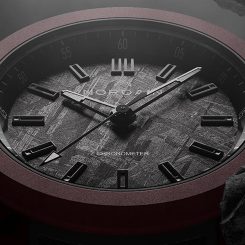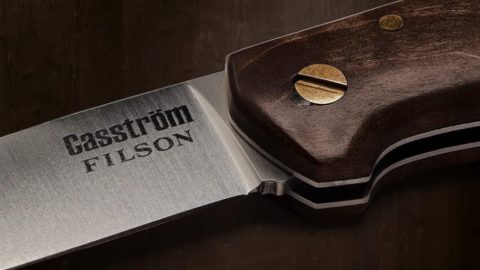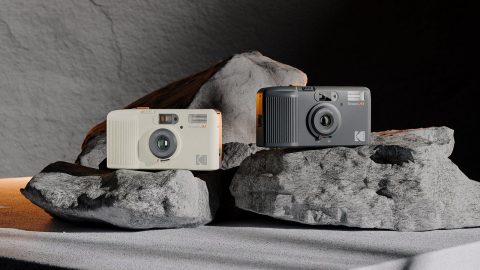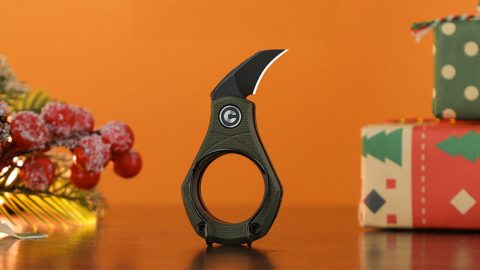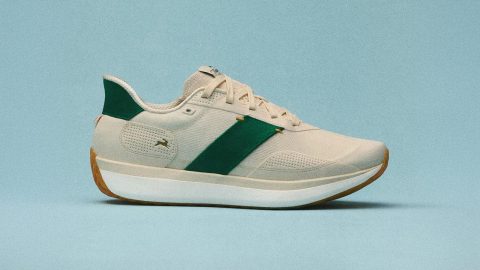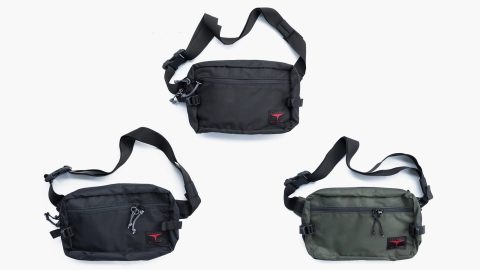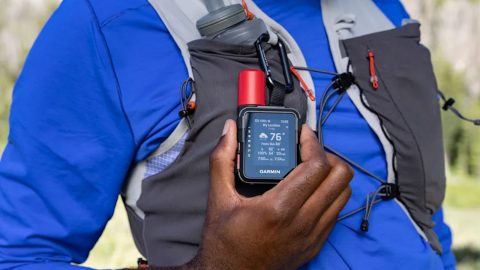September 15, 2021, will mark the tenth anniversary of the last Ford Panther body driving off the assembly line at the Saint Thomas plant in Ontario, Canada. Panther body refers to the platform used to build the Ford LTD, Crown Victoria, Mercury Grand Marquis, and Lincoln Town Car. By modern standards, the Panther body is an iPod case doecrated in MySpace stickers. It’s a body-on-frame, rear-wheel drive, V8-powered sedan with a column-mounted automatic.
When the Panther body died, it was the end of an era in automotive history and pop culture. It holds the record for the longest-running vehicle platform in America with 32 years of production from 1979 to 2011.
Ten years later, the Ford Crown Victoria is still one of the most easily recognizable silhouettes on the road. Most of us still tap on brakes instinctively when we see one peeking around the corner or in our rearview mirror. This seemingly ordinary-looking sedan has a cult following that rivals Tesla’s fan base. It’s an old-fashion (by today’s standards) sedan that is still useful. This article will discuss why many police officers miss Ford Crown Victoria Police Interceptor and why the Panther body garners so much respect in the automotive community.
The Last of the V8s
It is hard not to quote the original Mad Max (1979) film when discussing the Ford Crown Victoria. That line when Max’s nitro-fueled Ford Falcon XB MFP Interceptor is referred to as “the last of the V8s”. Because most Crown Victorias built were used as police fleet vehicles. Most of us have had at least one run-in with a Ford Crown Victoria Police Interceptor (CVPI), with some being more familiar with the backseat than others.
The last Panther body sedan was a white 2011 Ford Crown Victoria. According to Car and Driver, that car was exported to Saudi Arabia and is probably still wearing the factory plastic seat covers in pristine condition. If you search “last Crown Victoria” on YouTube, you’ll be able to watch the roughly six-minute video of the car’s assembly. The last 2011 Ford Crown Victoria Police Interceptor built was assigned to the Kansas Highway Patrol and stationed at the Troop J Highway Patrol Training Academy in Salina, Kansas, as a museum display.
That’s another thing you’ll see on a last Crown Vic YouTube search list, clips from local news stations talking about their local or state police retiring the last CVPI in their fleet. In every video, the CVPI looks spotless and well maintained – timeless. The high-ranking officer being interviewed praises the seemingly obsolete sedan with sentiment and respect. It’s enough to trigger the same emotional response to watching Field of Dreams for the first or twentieth time.
Crown Victoria Police Interceptor is a Battle Tank with Cruise Control
In my personal life, I studied criminal justice for two years and friends in law enforcement have all told me the same thing, “I miss the Crown Vics.” Why? When late model Dodge Chargers, Durangos, Ford Explorers, and Chevrolet Tahoes offer better performance and safety? The answer comes down to build quality. The Crown Vic is known for being the John McClane of cars when it comes to durability in the line of duty.
The Crown Vic is known for being the John McClane of cars when it comes to durability in the line of duty.
The Ford Crown Victoria Police Interceptor is not a fast car, but it is powerful. In 1991, Ford debuted the first generation Crown Victoria with the 4.6-liter Modular V8 for the 1992 model year. The Crown Victoria featured a new aerodynamic design capable of slicing through the air as good as the Ford Taurus. By 1998, police package equipped Crown Vics were given the Police Interceptor nameplate. At the end of its production life, a 2011 Ford Crown Vic’s single-overhead-cam 4.6-liter V8 produced 250-hp and 295 lb.-ft of torque.
Ford Crown Vic’s police package is designated by VIN code P71, later changed to P7B for model years 2010-2011. The police package featured dual exhaust, heavy-duty suspension, and heavy-duty brakes with a slightly taller ride height and steel wheels. This meant a P71 Crown Vic could bounce over street curbs and pursue suspects off-road in the concrete jungles of any town, USA. Over the years, Ford kept adding options and standard features to the police package. Options like bulletproof kevlar door panels and standard features like stab-proof plastic plates inserted behind the front seats, traction control, adjustable lumbar support, and flex-fuel systems.
An article by GoLocal, dated 2014, interviewed Rhode Island State Police officers on how they were adjusting to a work environment without the CVPI. The story describes that officers miss the CPVI compared to its replacements, the Ford Interceptor based on the Tarsus, Chevrolet Impala, Caprice PPV, and the Dodge Charger. The biggest complaint being cramped interior space as modern police equipment takes up a lot of room. Officers also complained that particularly the Dodge Charger, the newer police cars lack the full metal jacket toughness of a CVPI for dealing with the demands of full-time police duty.
Even today, I’ve yet to meet a police officer who didn’t smile when asked about the CVPI. Most of them will respond by referring to the cars as “tanks” or simply, “they are great cars.”
The Ford Crown Vic is Technically an Import
In1992, Ford had to get a little creative with a legal loophole to avoid a gas-guzzler tax on its new Crown Victoria and Mercury Grand Marquis.To meet the then-new Corporate Average Fuel Economy (CAFE) standards set in 1990, Ford rearranged its supplier network. This meant the Crown Vic was a product of Ford Canada, categorized as a Canadian import and removed from Ford’s domestic CAFE fleet.
Ford also exported specific Panther body sedans to Kuwait and Saudi Arabia. These models included the Crown Victoria, Mercury Grand Marquis, and Lincoln Town Car. A long-wheelbase variant that was only available in the U.S. as a fleet vehicle was available for retail purchase in these countries. These Panther body sedans were categorized as GCC-spec (Gulf Cooperation Council nations).
Built to Last
No vehicle since 2011 has been able to fill the Panther body’s wheel-wells as “the” full-size sedan. You still see these cars in the wild in all conditions, from oil burners to pristinely maintained. Money Inc. recently wrote about why Ford decided to kill off the Panther body. The article describes Ford initially plotting to stop production on the Crown Victoria as early as 2008. The reason being that the large sedan was not selling and could not offer the same technological features consumers wanted, like touch screens and advanced safety features. But, in 2008, the economic recession hit, and Ford put this idea on the back burner until 2011.
Ford may have killed off the Panther body, but these sedans were built to last. People have modified Panther body cars into lifted off-roaders, track-day sleepers, and everything in between. Finding a Panther body in good working condition is still relatively inexpensive. Parts are plentiful and cheap, and because this car’s production life is older than generation Z, answers to any mechanical questions are only a message board away. It’s an ideal vehicle to learn about fixing cars and can be a dependable winter beater, daily driver, or cash car.
People like these “old cop cars” because they can jump across a set of railroad tracks without losing composure and handle a highway bend at 110 mph without spilling coffee in the cupholder. The trunk is large enough to have acoustics, and the ride quality feels heavy and relaxed, like moving your hand underwater.
People like these “old cop cars” because they can jump across a set of railroad tracks without losing composure and handle a highway bend at 110 mph without spilling coffee in the cupholder.
Driving a well-maintained example of a Ford CVPI allows you to understand why people love the Panther body. Yes, it handles like a boat, but on calm waters, so it’s predictable and ultra-smooth. If you need to go into “pursuit mode” push the throttle down to the floor. The four-speed automatic transmission will kick down into second gear and launch the tachometer needle to 5,000 rpm.
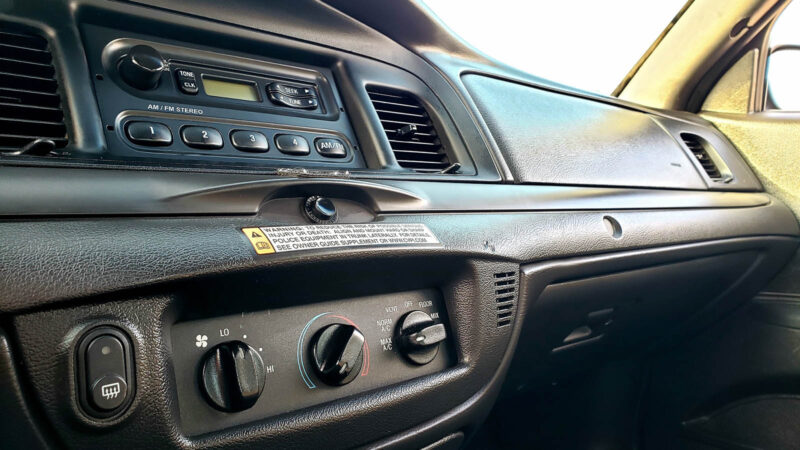
Photo via Ford 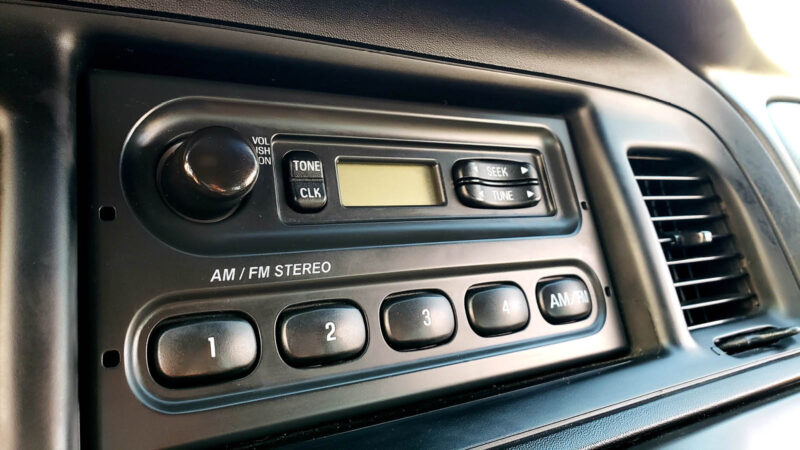
Photo via Ford 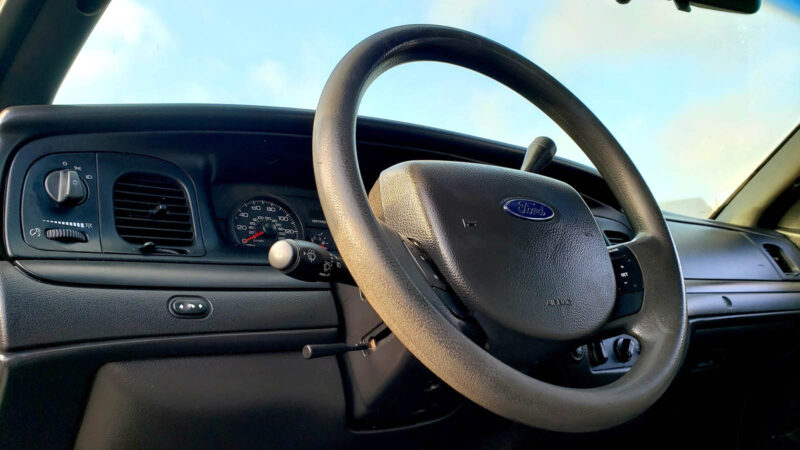
Photo via Ford 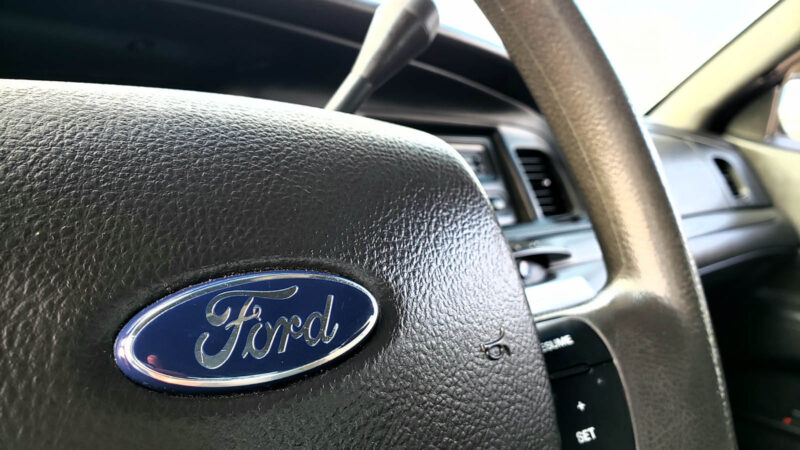
Photo via Ford
These old sedans offer the same level of intoxicating superiority associated with lifted pickup trucks. The confidence in knowing you could easily hop a curb or plow through speed bumps with ease as you sit, comfortably, behind the wheel of 17-feet of U.S. steel. The CPVI’s styling has been burned into most of our brains to associate it with authority. The round-edged rectangle grille stands like a well-groomed mustache that can hide a smile or a frown. This sedan wears a poker face with zero tolerance for nonsense and a minimalist interior compared to today’s Star Trek Enterprise dashboards.
This sedan wears a poker face with zero tolerance for nonsense and a minimalist interior compared to today’s Star Trek Enterprise dashboards.
If you grew up watching action movies over the last 30 years, it is difficult not to feel like a stunt driver when driving a Panther body sedan. Pulling the column shifter down into Drive and imaging the countless TV and movie scenes of CVPI cars being crushed, burned, jumped, rolled, and blown up for our entertainment. Hit the gas, and the land yacht lurches forward with surprising agility – a Ford Crown Victoria is always ready for action.
Respect the Crown
The realization that a vehicle you used to see in the background of everyday life is suddenly nowhere to be found can be sobering. It serves as a visual reminder of time’s unforgiving pace. Soon, only the “old-timers” will be telling cop stories involving the CVPI. For over 30 years, this vehicle wore the thin blue line, which means most people have had an experience, good or bad, involving this car.
Now, ten years later, the real endurance test begins. How long before reproduction parts from the manufacturer are reduced to aftermarket knock-offs and swap meet finds? So far, the Ford Crown Victoria has managed to remain stoic as time delivers one hey-maker punch after another with each passing year. It will be interesting to see how the Panther body sedan traverses in a world soon to be overrun with semi and potentially fully autonomous electric vehicles.
Nevertheless, whatever fills up the highways of the future better share the road because fans of the Ford Crown Victoria don’t plan on giving up their keys any time soon. Respect the crown, hail to the king baby.



